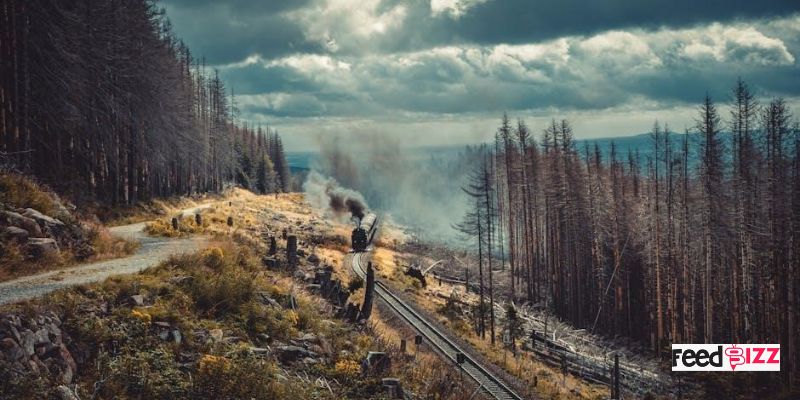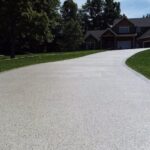The whispers of the Scottish Highlands, the rumble down winding roads, and the flurry of camera wielding tourists are now all predictable. Once a peaceful area renowned for its sheep and quietness, the Outlander phenomenon swept through the region with a forceful impact. Soon, everyone is an amateur historian or holding a tattered paperback.
These filmmaking settings are characters, not simply backdrops. Miss it, and the vacation becomes another boring, filtered Instagram slideshow. The journey ahead is a deeply personal exploration of Scotland’s most cherished locations, sites that deserve more than a passing glance.
Rolling North: The Road Begins
The road doesn’t so much stretch north as it coils, leading straight into Fife, where Falkland masquerades as 1940s Inverness. Perfect nonsense? Not at all, the town square looks untouched by time. Park a luxury campervan near the village green; forget hotels with their bland carpets and lukewarm porridge.
Cup an overpriced coffee on one side: across from you stands Mrs. Baird’s Guesthouse, minus any actual Mrs. Baird, naturally. Tourists congregate around the Bruce Fountain to snap photos, none of which they plan to print back home. A tour guide is not necessary here because the ghosts of history are loud enough for anyone who is paying attention.
Into the Woods: Doune Castle
Forget every castle tour ever endured, this one silences even the cynics. Doune Castle dominates the early episodes of Outlander rather than merely featuring in them; its stones hold secrets that most history books have overlooked.
One step inside those archways and suddenly Jamie Fraser is dodging Redcoats or was that just another kilted visitor? While guides may caution about the uneven flooring, they don’t caution about the unbridled imagination that thrives here. Stand still long enough, and echoes from both fiction and fact collide overhead a racket far better than anything on television.
Storming Southward: Linlithgow Palace
Palace ruins usually attract small crowds, armed with umbrellas and muddy trainers, who endlessly walk past granite walls. Linlithgow Palace, despite its infamous prison scenes from Outlander’s first season, is brimming with drama.
Brave visitors venture up spiral staircases (stone-cold underfoot), emerging onto views cast wide over lochs shimmering below miserable Scottish drizzle that’s half the magic right there. The mere mention of Black Jack Randall lingers like a strong wind through empty windowsills.
Westward Bound: Glencoe and Beyond
Nowhere delivers spectacle like Glencoe a location that refuses subtlety or modesty outright. Jagged peaks press close; rain lashes sideways, whether it’s June or January (bring three coats, not two). Fans line up for snapshots beneath crags barely glimpsed on screen the setting overshadows every actor who ever strode through bracken in boots too clean by half. If ambition wins out, continue onwards towards Loch Katrine or Kinloch Rannoch; these locations are less crowded but equally haunting.
Conclusion
Nobody ever really finishes this journey, not properly anyway, which isn’t something travel brochures admit freely enough. That urge to circle back remains powerful because each return peels off yet another layer missed before: new light on Falkland cobbles after sunrise; echoes differently inside Doune when rain hammers overhead again; and fresh windstorms whistling through ruined palace arches miles away from polite civilization. Call it obsession if needed, but one thing rings true: real discovery asks for patience from any fan brave enough to ignore convenience in favour of experience unfiltered by haste or hype.









